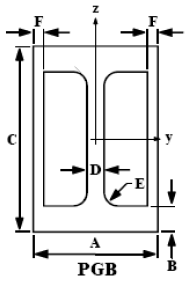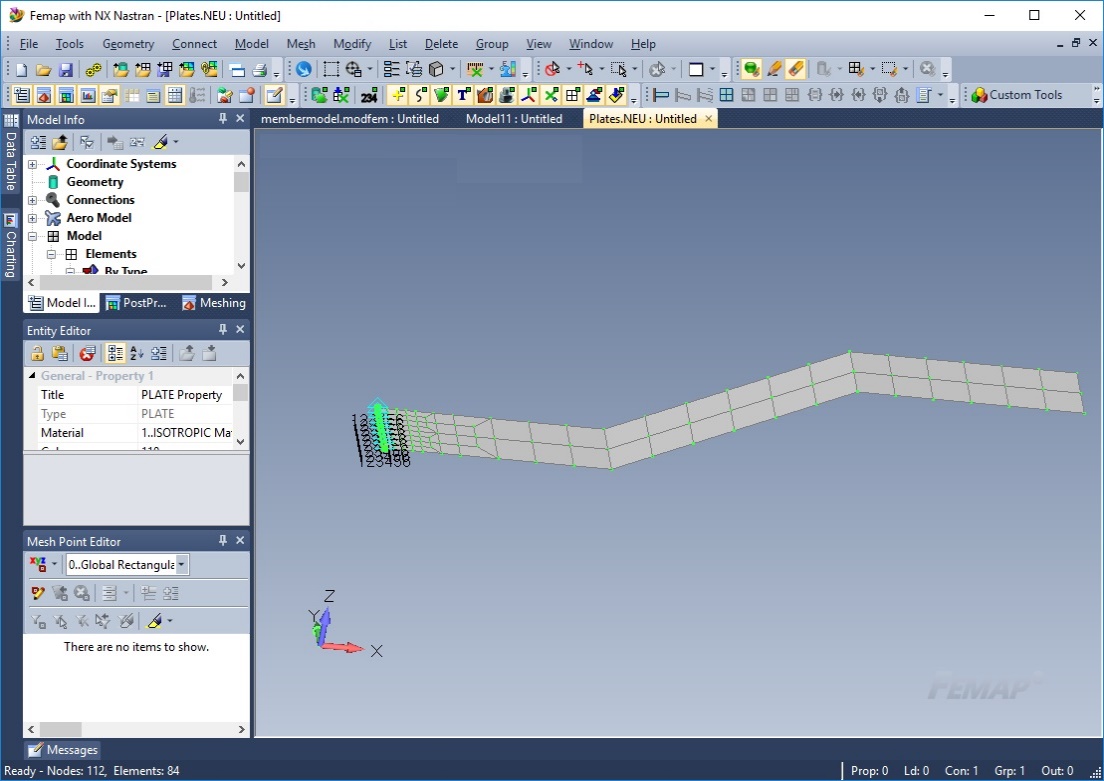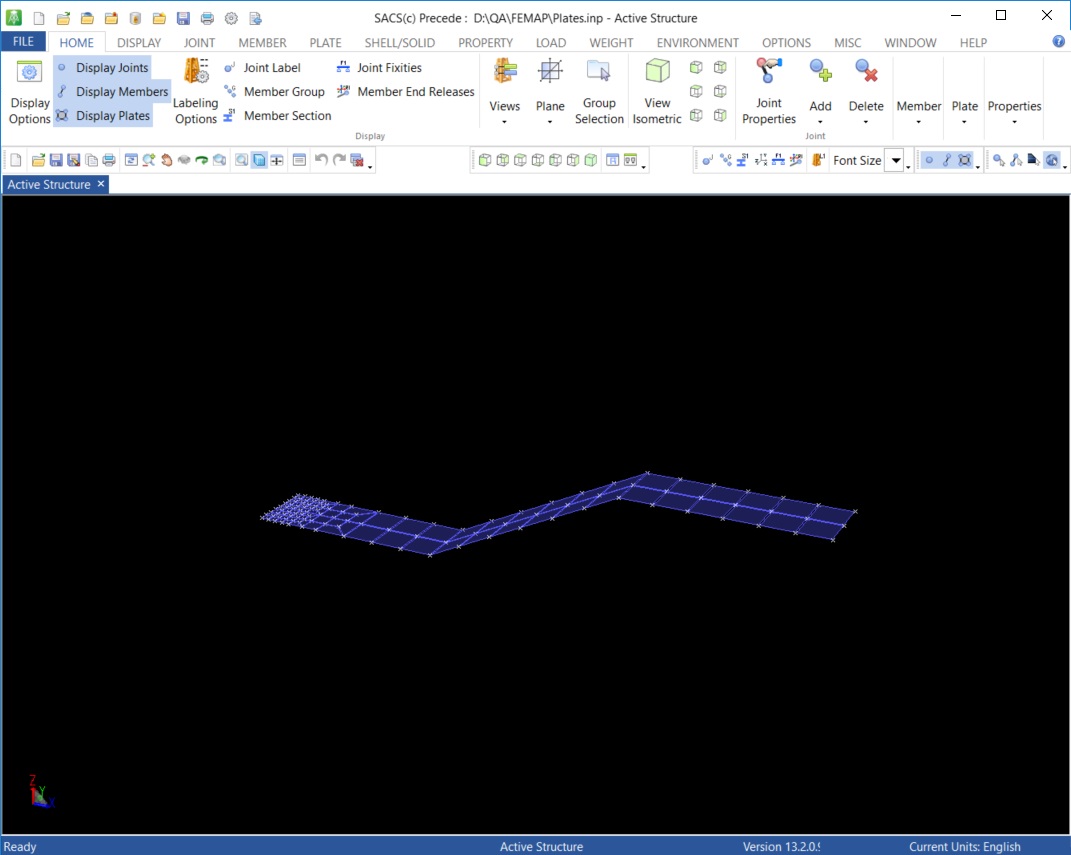Introducing SACS CONNECT Edition V13.2 - CL
AISC 15th provisions code check is now available using new options 5A, 5B, and 5L
Box, Tee, Rectangular Tube, Wide Flange, Plate Girder, Channel, Angle, Unsymmetrical Plate Girder, Double Web Plate Girder, Boxed-in Plate Girder sections have been updated with the latest AISC 15th provisions. Revised section E7 has been implemented, and new checks for lateral torsional buckling and local buckling of Box/RTB and Tee sections have been added.
List of changes for various section types is as follows:
Wide Flange (WF), Plate Girder (PLG):
- Web plate shear buckling coefficient, kv, has been updated as per G2.1(b)(2).
- CV1 factor calculation has been revised for PLG section.
- Qa, Qs factor method has been replaced with section E7 effective area calculation.
- Equation F4-11 for calculation of effective radius of gyration for lateral-torsional buckling, rt, has been updated.
Channel (CHL):
Box (BOX):
- Updated flange λr ratio (flexure non-compact/slender ratio) to 1.49√(E/Fy) from 1.40√(E/Fy).
- Added section F7.3(c) web local buckling check for slender webs.
- Added lateral-torsional buckling check (section F7.4).
- Updated flange local buckling equation (section F7.2, eq. F7-5).
- Qa, Qs factor method has been replaced with section E7 effective area calculation.
Rectangular Tube (RTB):
Tee (TEE):
- Updated kv value to 1.2 and h value to total depth d for Cv calculation as per Section G3.
- Revised λr value to 1.52√(E/Fy) for stem.
- Qa, Qs factor method has been replaced with section E7 effective area calculation.
- Updated Fey in equation E4-3 for unstiffened tee.
- Updated section F9.2 for lateral-torsional buckling.
- Updated section F8.4 for local buckling of stem in flexural compression.
Angle (ANG):
Unsymmetric Plate Girder (PGU):
Double Web Plate Girder (PGD):
Boxed-in Plate Girder (PGB):
SACS Collapse Advanced Updates
-
Joints: The joint calculations have been improved and verified. The Collapse Advanced now supports following joint calculations:
Wave Response can now read in force time history from FLEX5 and BHAWC input
Wave Response can now read time history joint loads using FLEX5 and BHAWC file formats.
Pile 3D can now apply Base Shear and Base moment at the pile tip
This enhancement allows Pile 3D program to account for Base Shear and Base Moment applied to the pile tip. This effect is significant for gravity type and rigid piles with large diameter and ratio of length to diameter between 2 and 6 and may increase lateral stiffness and lead to a better design. This enhancement enables the Pile 3D program to calculate Base Shear by interpolating the pile tip T-Z curve using pile tip displacement and calculates Base Moment by interpolating P-Y curve using the corresponding rotation. Both effects are then added to the soil stiffness at pile tip.













